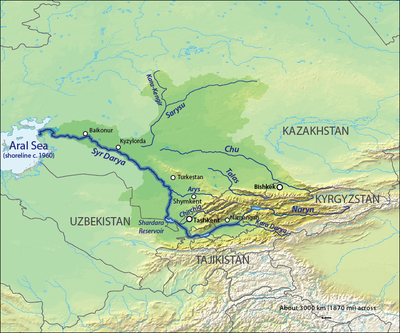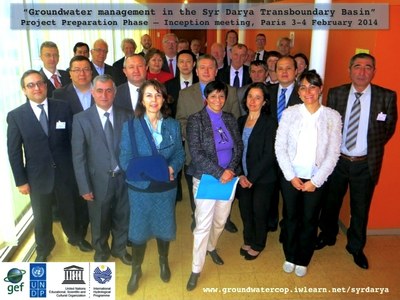Syr Darya Basin Project

Overview
The Syr Darya River, part of the Aral Sea Basin, is one of the largest and most important water arteries in former Soviet Central Asia. It runs along territories of four new states – Kyrgyzstan, Uzbekistan, Tajikistan, and Kazakhstan, and supplies water to a large part of population of the region. In particular it flows along the well-known Fergana valley, which is the most populated area in Central Asia. Several large reservoirs were constructed on the river before the end of the Soviet Union for a total volume of 40 km3. The regime of the reservoirs and water off take to numerous irrigational channels were centrally controlled and allowed timely distribution of water over the whole territory. With the collapse of the Soviet Union and creation of independent states, the operation regime of the upstream reservoir has become an issue, since the priorities and national interests of the new states were not always congruent. These contradictory interests of up and middle stream countries and the discharge of water from the upstream reservoirs in winter period for power generation, has resulted in flooding in the middle stream and accumulation of significant amount of water in the natural depression Arnasai. At the same time, the amount of river flow available for irrigation of summer crops is significantly reducing. Growing climatic variability and change, with rapidly shrinking glaciers and increased frequency of extreme events, is further complicating this already complex situation of land and water degradation, and almost total loss of the key environmental services provided by the freshwater ecosystems of the basin.
The project is funded by the Global Environment Facility (GEF), implemented by UNDP and executed by UNESCO-IHP.


- Project Preparation Phase - Inception Meeting, UNESCO HQs Paris 3-4 February 2014 (organised by UNESCO-IHP)
-
Overview:
Project Overview
List Of Participants:
Inception Meeting List of Participants
Agenda:
Inception Meeting Agenda
Presentations:DAY 1
DAY 2






